On Monday, January 24, 2020, world-renowned Italian fashion designer Lavinia Biagiotti Cigna visited Thomas Jefferson University’s East Falls campus to talk to students about her experiences in the fashion industry. Laura Biagiotti, the fashion label that has been in Lavinia’s family for the past 3 generations, is a multinational luxury brands, continuing to evolve and adapt as attitudes and lifestyles change with time.
Family History
Lavinia has a history of strong, successful Italian women in her lineage. In 1928 at age 14, Lavinia Biagiotti Cigna’s grandmother, Delia Biagiotti, lost both of her parents prematurely. For years after that, she worked as a successful dressmaker, even designing the uniforms for Alitalia staff, an Italian airline company, in 1964. At that time, the business began to expand, and Laura Biagiotti, Delia’s daughter, left her archeology studies at Rome University to help with her mother’s atelier. After meeting her husband, Gianni Cigna, Laura entered into a business partnership with him and opened her first store in Florence. Together, the Laura Biagiotti business continued to grow, with Laura as the creative mind and Gianni managing the overall operations. After Gianni’s death in 1996, Lavinia, aged 17, gave up her dream of studying medicine to help manage the Laura Biagiotti brand beside her mother. Following her mother’s death in 2017, Lavinia is now the president and CEO of Laura Biagiotti and continues to push the brand into the future.
Family Business
For Lavinia, family is crucial, and she credits much of her success to her early years working under her mother. “It is always nice to combine a junior and senior element,” Lavinia tells students. Lavinia considers her mother Laura her mentor. She jokes that during her first two years at the company, all she was allowed to do was make photocopies. It wasn’t until she began to work in her mother’s store in NYC as a fitting room attendant that she really found her passion for fashion and dressing different body types. “Working in the fitting rooms helped me learn what women want and what they need,” says Lavinia. She continued, “what looks good on the catwalk is not always easy for the average woman; you have to make her feel beautiful.”
Queen of Cashmere
In the 1970s, the New York Times named Laura Biagiotti the “Queen of Cashmere”, a title Lavinia is still very proud of today. Prior to then, cashmere was largely thought of as a masculine and unexciting material. However, Laura saw the luxury and ease of wear of this super soft fiber, and began creating womenswear from evening to casual in the material. The easy, oversized silhouettes, combined with the cashmere knit fabrication, gave women a sense of freedom and versatility. Today, Lavinia continues to use cashmere, along with a variety of other natural fabrics, in her collections, keeping in the tradition of her mother.
Pioneering Global Fashion
In addition to her innovative use to fabric and silhouette, Laura Biagiotti is also one of the greatest pioneers of fashion as a global message. In the late 1980s, while on a short trip to Beijing, she met the Chinese Minister of Culture. At the time, the country was still under strict Maoist rule, but the Minister of Culture was impressed by her delicate approach to fashion and invited her to be the first fashion designer to ever host a fashion show in China in 1988. Similarly in 1995, Laura Biagiotti also became the first fashion designer to host a runway show in Russia. Although very little English or Italian was spoken in these two countries during this time, Laura Biagiotti felt that different cultures and people can communicate through beauty. Neither trip to Russia or China was aimed at increasing sales, but was instead used as means to build a bridge between different culture with beauty as the central message.
Giving Back
Although leaders in the global fashion movement, Laura and Lavinia Biagiotti have always felt a strong connection to home. “Italians do not work for themselves, they work for their country,” says Lavinia about Italians’ sense of patriotism. Italy has so much beauty, culture, and opportunity to offer, many citizens feel the need to give back. Both Lavinia and Laura felt this way about Italy, especially Rome. This deep love for their community inspired them to use the profits from the sale of Roma, their most popular fragrance for the last 32 years, to make renovations to the stairs of the Campidoglio and fountains in Piazza Farnese in Rome. They are also responsible for replacing the Curtains of the Teatre “La Fenice of Venezia” after the building caught fire in 1996. The curtain they donated is embellished with two thousand daisies embroidered in gold. Their shared love of art and Italy is rooted in a need to unwind from the stresses of the fashion industry. “In a fast world, art can give you the sense of peace that you need to be very, very creative,” Lavinia explains. Art and culture can provide a sense of eternity while fashion continues to move so quickly. Lavinia continues the tradition of merging art and fashion, and will be hosting her Fall 2021 Fashion Show in the Piccolo Theatre Studio in Milan in a few weeks. She has been showing her runway collections in this theatre space for the past 22 years as a way to support arts and culture in Italy.
Changes in the Fashion Industry
During a question and answer portion of the afternoon, students asked Lavinia what she felt were the biggest changes in technology and the fashion industry in general that we now face. Lavinia stressed the importance of sustainability and adapting as lifestyles change. Laura Biagiotti has incorporated some sustainable practices since day one, most notably the use of natural fiber fabrics and cashmere versus synthetics which are often petroleum-based. More recently, Lavinia describes discovering the huge environmental impact of sunglasses and glasses due to acetate. In fact, sunglasses and glasses are considered the worst fashion accessory for the environment. Because of this, she has released a line of glasses and sunglasses that are 100% recyclable and are made from natural materials. Lavinia praised the innovative and entrepreneurial attitudes of the faculty and students on campus and encouraged students to use the high-tech facilities on campus to research and explore new possibilities. Fashion should always be changing and adapting to shifts in cultural attitudes, lifestyles, and functionality.


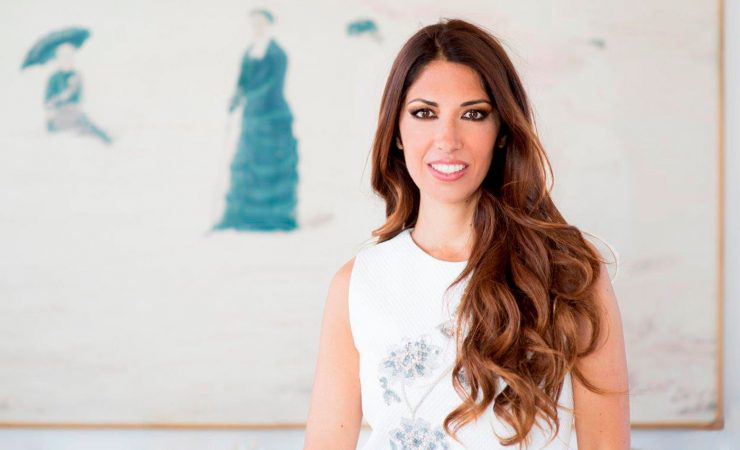
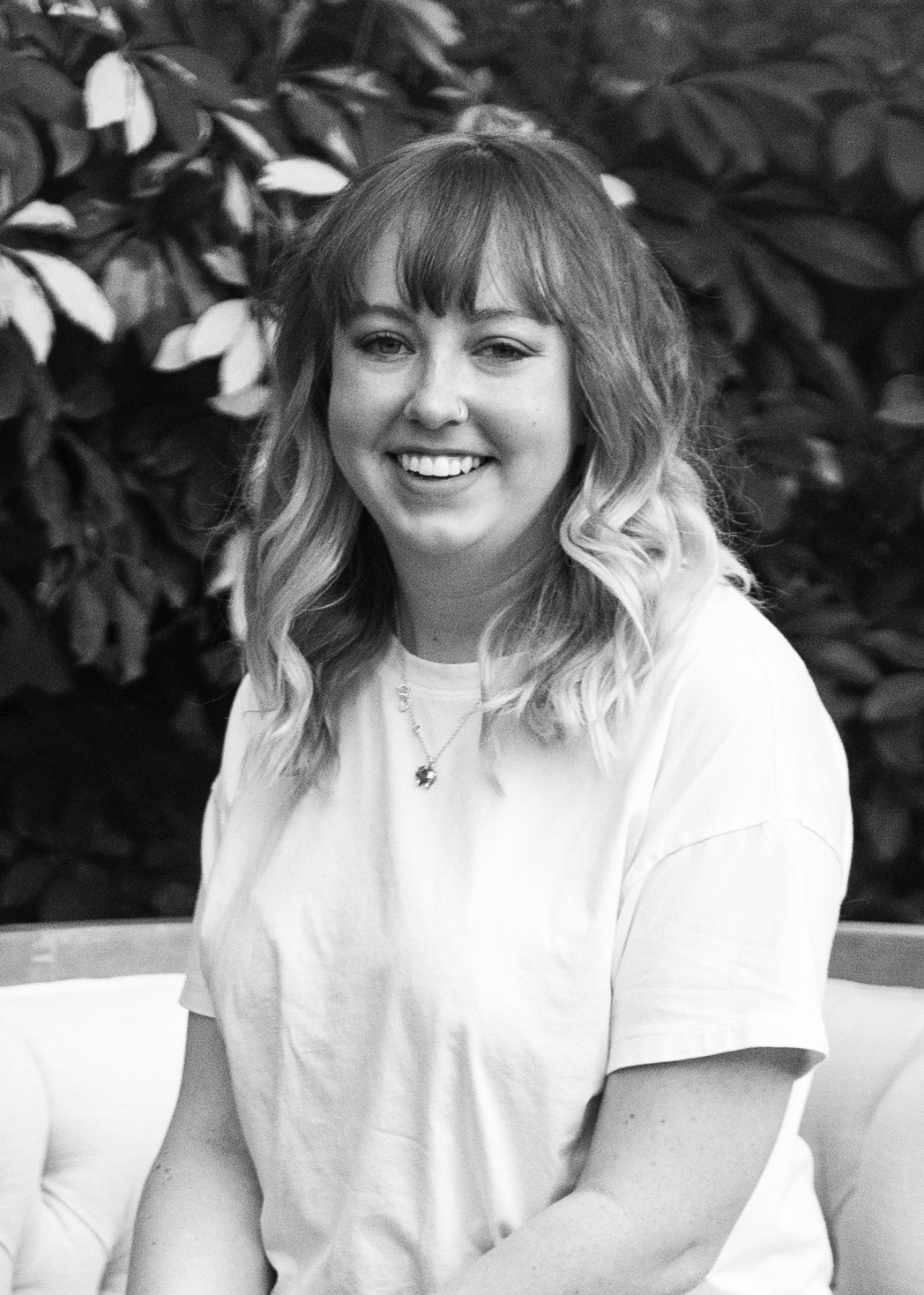
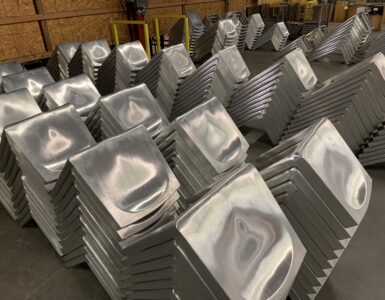
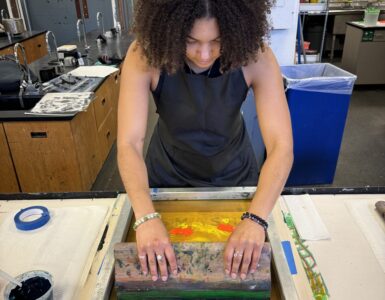
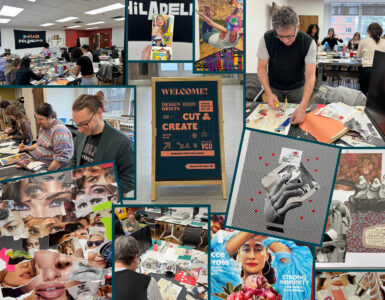

Add comment